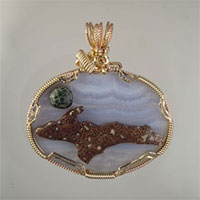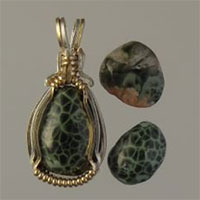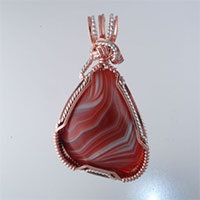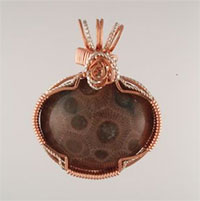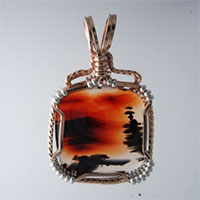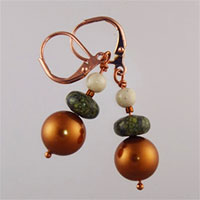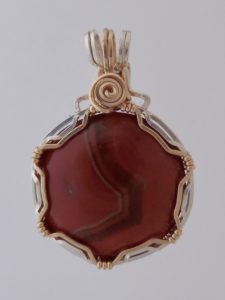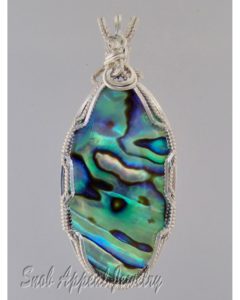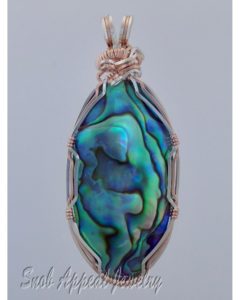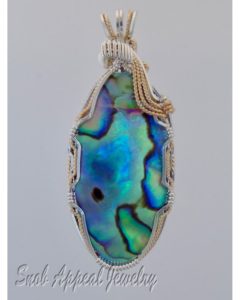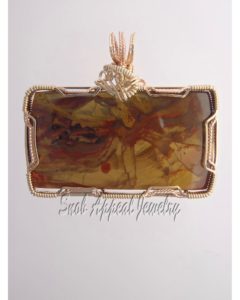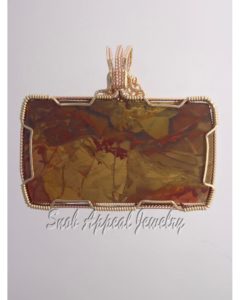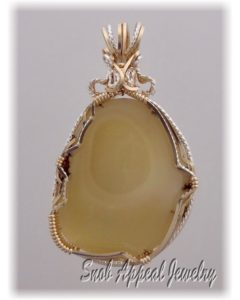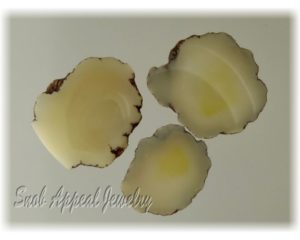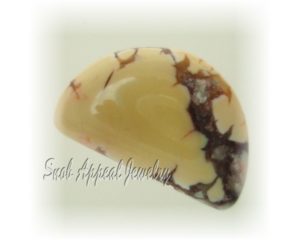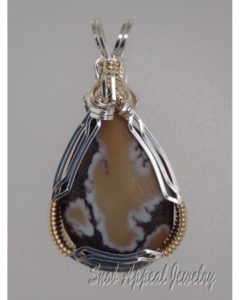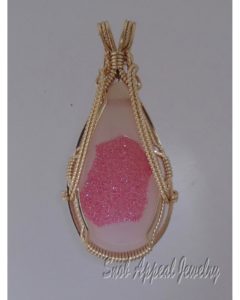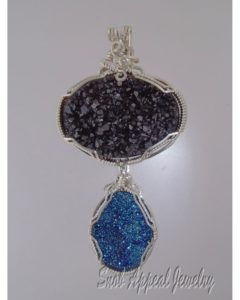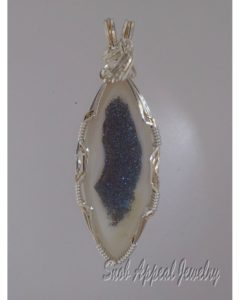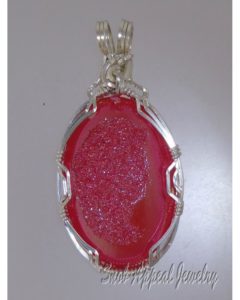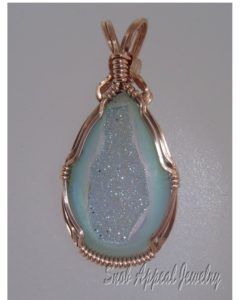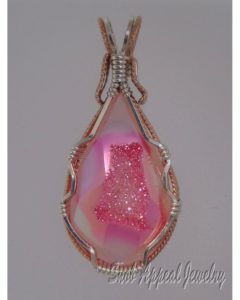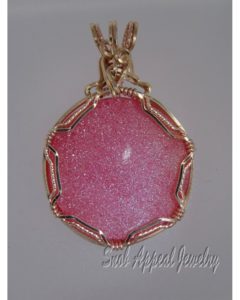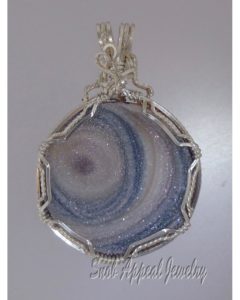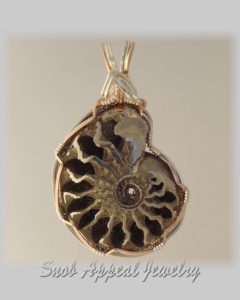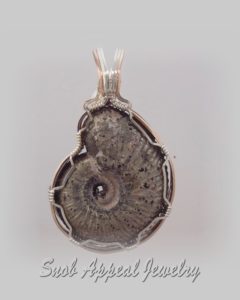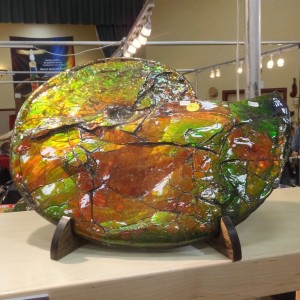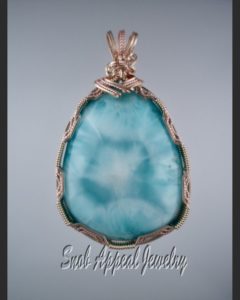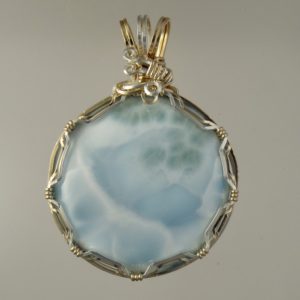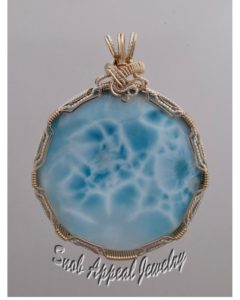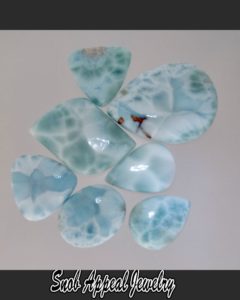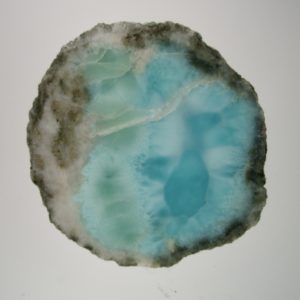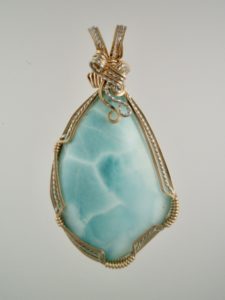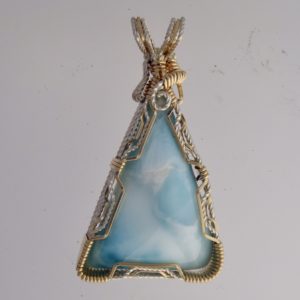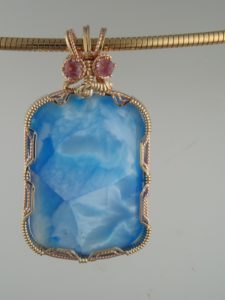Treasures from Tucson Gem Shows
Fordite, as you probably know, is a general term used for the paint used for Vehicles and Boats back before the mid-70’s. to be precise, it is the overspray that was built up on carriages that carried vehicle bodies through the paint booths of the car and boat companies. This paint could also build up on the walls of the paint booths. I have been informed by knowledgable people that automotive paint still contains lead. I accept this truth, but also know that the lead content is reduced from back in the day. also clear coating seals the paint sprayed on todays cars.
Humans (not robots) painted metal vehicles, using leaded paints. The lead acted as a lubricant, allowed the paints to flow and paint smoothly. In the mid 70’s government regulations forced the car and boat companies into painting cars using the powdercoat method. Little or no paint buildup happened when powder coating. Shortly thereafter the job of painting cars was religated to robots.
Today, many unwary Fordite buyers are scammed by paint from overseas, created by these same robots used by the car companies. This paint IS NOT classic Fordite. The imported paint comes in colors that were never on cars from before the mid-70s. I think it is a real scam that they can even call this Fordite. Many otherwise honest jewelry makers have been sold imported Fordite as the real deal, and they will swear there stuff is real because someone that sold it to them told them it was the real deal. Most of you were not around in the 50s-70s, so some research on your part as to paint colors back then should be undertaken. Another tell-tale clue is that antique Fordite will show paper thin layers, while in faked Fordite the layers will be thick. Thick layers indicate that the paint was put on thick to save time. Normally real Fordite has as many as ten layers to one layer in the imported stuff.
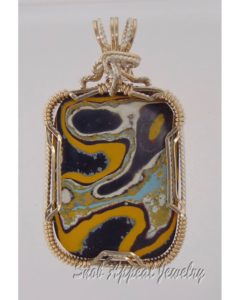
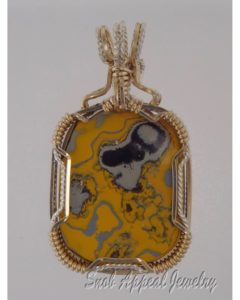
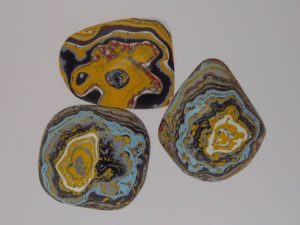
A good frind of mine sells real antique Fordite, as well as many other cabs in Tucson. He has been in the rock business for 60 years and has some good old stuff. This year he had some odd Fordite that was used to paint yellow cabs (Taxis) back in the 50s. I was able to obtain a few pieces. I like the unusual stuff and this Fordite is definately that. it had some blues in it also and a couple other colors.
I suspect the place that painted yellow cabs may have painted other fleet vehicles also. The blue resembles greyhound bus blue from the 50’s (I cross referenced the fleet color charts).
Enjoy the “Yellow Cab” paint and the Yellow Cab jewelry from Yellow Cabs (cabochons).
I have made some suggested changes in this blog. I cannot verify the source of the new Fordite I saw in Tucson this year. These pieces were all gaudy bright, sometimes metallic cabs that were never seen on any car, except perhaps a custom paint job on a show car. I have always believed the real deal Fordite was used in the Automotive plants (and sometimes boat factories ) from before the installation of Robots powder coating vehicles. Now days it seems any paint-layered pieces are being called “Fordite”. I guess it’s up to the buyers to determine if indeed the new stuff is “Fordite” or not. I try to use only paint I know came from the automotive plants prior to 1980, that were sprayed on primarily metal, by humans. I try to also find the color charts for the paint (Fordite I sell).
There is controversy as to what constitutes “Fordite”. To me, the real stuff is the old stuff, but it’s up to you to decide. I will admit that some of this new Fordite is spectacular and I would have no qualms in using it for jewelry, but I would also be straight up and tell buyers it may not be automotive colors from back in the day. Research still underway, by me. on this issue.
Some buyers really care; I’ve been told by many things like “My uncle so & so”, or my dad painted cars at Fisher Body”, and they really car about where a piece originated. Some want a piece of real history and some just want a nice colorful Fordite irregardless where it originate. Buyers should ask questions and accertain they are getting what they want. A knowledgeable seller will know his stuff.
Thanks to the Fordite afficionados that contacted me on this.


